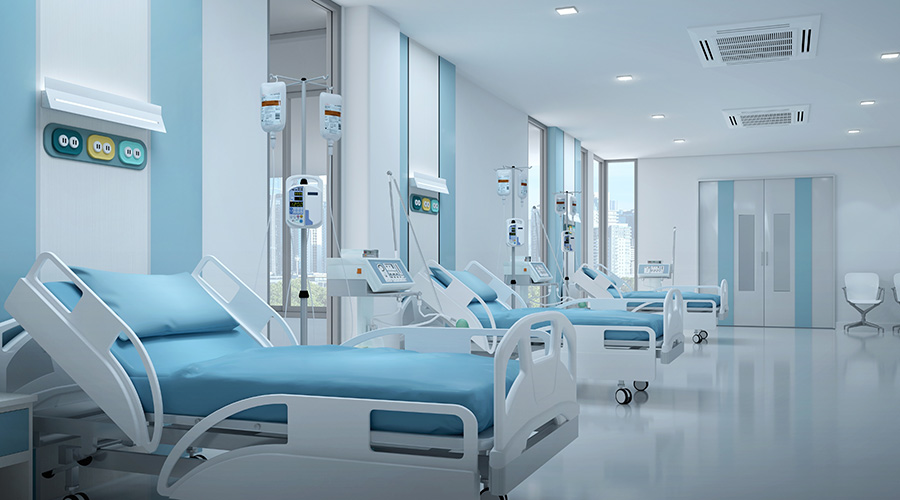We have a strong foundation today to build a truly interoperable healthcare infrastructure. The majority of healthcare organizations and professionals have adopted and are meaningfully using health IT. Over one-half of office-based professionals and more than 8 in 10 hospitals are using electronic health records (EHRs), requiring them to electronically exchange standardized patient information.[1]
We have made much progress, digitizing the care delivery system and establishing standards & services in support of interoperability. Indeed, a strong foundation has been laid. However, information exchange today is largely unidirectional, and at best among a group of providers belonging to the same service or organization.
To attain true interoperability, providers should be able to access one another’s information – across organizational, vendor, and geographic boundaries. “In these policy discussions, people use the term ‘interoperability’ interchangeably with information exchange as though they mean the same thing. Information exchange means I send you information and you send me information. You can do that with a fax machine.
Interoperability means I can access information that you have, and I can use it, I can change it, I know where it comes from, I know who’s responsible for it.” – Dan Haley, Vice President of Government Affairs, athenahealth (Watertown, Mass.).[2]
Secondly, and the heart of the objective, is the ability to use that information to drive decision making in delivering the right care to the patient.
Although data is exchanged, many challenges exist in utilizing it – data is often incomplete, or not in a usable format. Interface engines can act as a catalyst for achieving interoperability across the health IT ecosystem - enabling consistent data formats and semantics, and facilitating movement of secure data through disparate systems within and outside the organization.
Jerry Malone is an account executive for Cloverleaf Integration, Infor Public Sector.
[1] http://www.healthit.gov/facas/sites/faca/files/HITPC_Data_Analytics_Update_2014-04-08.pdf

 Cost Saving Strategies for Hospital Modernization Projects
Cost Saving Strategies for Hospital Modernization Projects Central Jersey Medical Center Reports Ransomware Attack
Central Jersey Medical Center Reports Ransomware Attack Ground Broken on New Northside Hospital Cherokee Medical Building
Ground Broken on New Northside Hospital Cherokee Medical Building Spaces That Support: Patient-Centered Design for Modern Reproductive Health
Spaces That Support: Patient-Centered Design for Modern Reproductive Health Modernization of Buildings Require Collaboration Across All Disciplines
Modernization of Buildings Require Collaboration Across All Disciplines